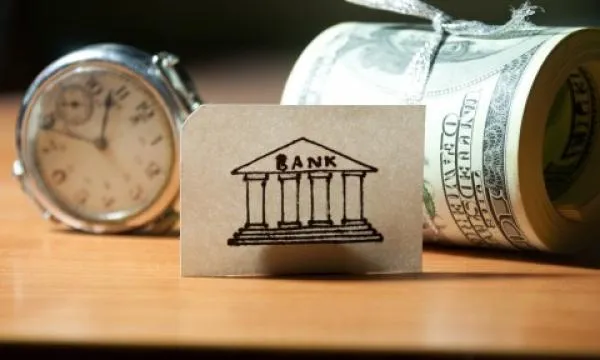
Weekly Global News Wrap Up: BofA sued over $102m ‘Ponzi scheme'; Ireland mulls hiking counter cyclical capital buffer
And Russia may need to shell out another $1.6b as part of a bank bailout.
From Bloomberg: Bank of America Corp. was accused in a lawsuit of providing more than 100 accounts used to perpetrate what the U.S. regulators called a $102 million Ponzi scheme. The lender is accused of failing to spot suspicious activity, including deposits of hundreds of thousands of dollars into accounts with relatively small, negative or nonexistent balances, followed by transfers within the same week to other accounts or investors seeking to cash out.
The brother and sister who sued to recover losses from their late father’s investment claim the fraudsters “could not have perpetuated their scheme without the knowing assistance of their primary banking institution, Bank of America.
From Bloomberg: Irish banks are set to be forced to hold more capital to cope with a future economic downturn, according to a person familiar with the matter. The country’s central bank is reportedly leaning toward increasing the so-called counter cyclical capital buffer from zero percent in coming months and could announce an increase within the next 10 days, when the latest buffer review is due to be published.
Introduced in 2015, the buffer is meant to guard against banks’ tendency to boost lending in boom times and then slash it in a bust, potentially exacerbating an economic slowdown by denying companies credit when they need it most. It’s designed to be built up when risks are growing, and released during times of stress.
From Reuters: Russia's central bank may need to provide another 100 billion roubles ($1.6 billion) for a planned "bad bank", adding to the more than $40 billion already spent on three banking bailouts, sources told Reuters.
Russia had to rescue three of the country's biggest private banks, Otkritie, B&N and Promsvyasbank in the second half of the year. The central bank has decided to split the three banks' assets into "good" and "bad" and shift their non-performing assets to the planned "bad bank", which would have assets of 2.1 trillion roubles with the plan of selling those assets within three to five years.




![Lorem Ipsum [ABF 1]](https://cmg-qa.s3.ap-southeast-1.amazonaws.com/s3fs-public/styles/exclusive_featured_article/public/2025-03/a_hand_pointing_to_a_futuristic_technology_5b87c9d0e3_1.png.webp?itok=2w0y1WhS)


![Cross Domain [Manu + SBR + ABF + ABR + FMCG + HBR + ]](https://cmg-qa.s3.ap-southeast-1.amazonaws.com/s3fs-public/styles/exclusive_featured_article/public/2025-01/earth-3537401_1920_4.jpg.webp?itok=WaRpTJwE)







 Advertise
Advertise

